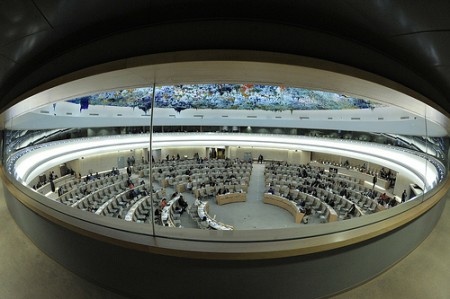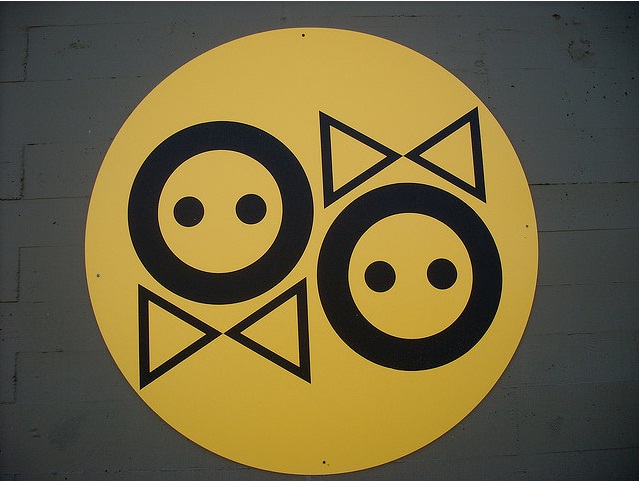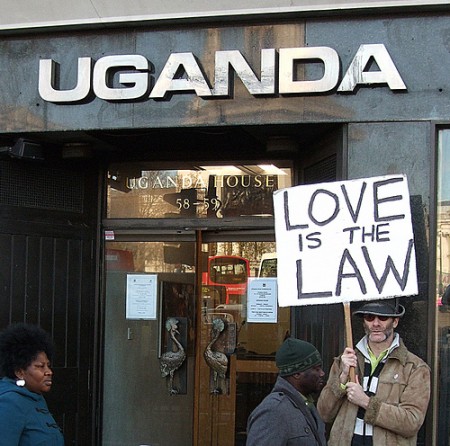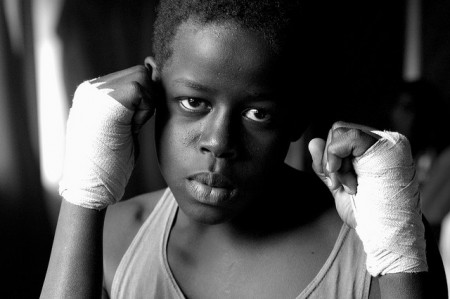
Last week, we looked at how international and regional-level entities created and designed to deal with 20th century problems are struggling to adapt to a changing global landscape – a landscape that now features social, economic and political problems that are more comprehensive, deeper in scope, and last longer in time than in the past. These challenges acknowledge no borders and defy traditional structures, regardless of their previously conceived national or international foundations. But as we suggested last week, perhaps the best way to look at how macro-level politics are now being transacted, both regionally and internationally, is to look at them as you would a well-turned prism. In doing so, we come to see many causes AND effects at play in the international system today. We’ve covered some of them over the last two months, but we are hardly done. For example, both a cause and symptom of the structural changes currently occurring in the international system is the general concept of human rights and its practical application, a growing portion of international law. Indeed, because the ever-burgeoning and expanding concept of rights, coupled with attempts to make them “stick”, complicate how contemporary international relations are evolving, we need to explore their Janus-faced relationship over a two-week period. Well, let’s now do so.




